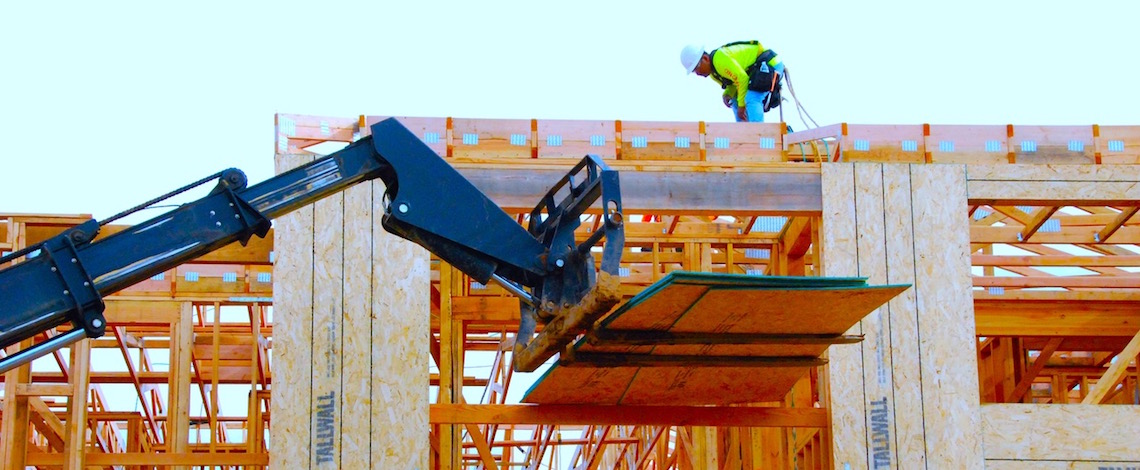
Written by
A series of reports on eight Valley counties show a staggering deficit of available housing for low-income renters and increasing costs pushing housing options out of reach.
“In California, including in the San Joaquin Valley, we have to move beyond the usual platitudes about having an affordable housing crisis. It is more than that. It is a human catastrophe of historic dimensions,” California Coalition for Rural Housing Executive Director Rob Wiener said in a written statement about the reports generated and released by the California Housing Partnership in collaboration with his organization.
The eight reports focus on affordable housing in Fresno, Madera, Kings, Tulare, Kern, Stanislaus, Merced and San Joaquin counties.
In those counties, there’s a need for 137,254 more affordable homes, but since 2008 all of them have lost more than half of their state and federal housing assistance — about $138 million collectively.
This has included the California-wide loss of redevelopment dollars starting in 2012.
Among the specific losses, Madera County lost 73% of its state and federal funding ($5 million annually) since 2008, Tulare County lost 72% ($24 million annually), Fresno County lost 62% (more than $27 million annually) and Kings County lost 57% (almost $8 million annually), according to the reports.
As for renters, “Even with significant recent [pay] increases, minimum-wage earners are still priced out of San Joaquin Valley housing markets,” the press release states, noting that such workers in Tulare, Madera, Fresno and Kings counties must make 1.5 to 1.9 times the minimum wage to afford current asking rents. “It is not normal to have tens of thousands of our neighbors living ‘on the street’ every day. It is not normal to have many more who are on the edge of homelessness. It is not normal to live in overcrowded, dilapidated homes and to pay 50%, 60%, 70% of income and more for our housing. It is not normal to send our young college-educated children out of the state because they are saddled with enormous debt and can no longer afford to live in California,” Wiener’s statement continues.
“We must mobilize now with the political will and resources to significantly ameliorate the problem, or California’s future will be in serious jeopardy.”
In order to make substantial progress toward addressing this crisis, the reports recommend state leaders take the following actions:
Replace redevelopment funding for affordable housing with at least $1 billion annually to help local governments meet their state-mandated affordable housing production goals.
Expand California’s Low-Income Housing Tax Credit Program by $500 million per year to jumpstart affordable housing production and preservation.
Create a new California capital gains tax credit to preserve existing affordable housing at risk of conversion and to fight displacement pressures in rural opportunity zones.
Reduce the threshold for voter approval of local funding of affordable housing and infrastructure from the current 67% to 55%, as was done for educational facilities in 2000.
“These reports make clear that the housing crisis is bigger than any single community, and no matter how hard local governments and their citizens work to address the crisis they need help from the state and federal governments,” Matt Schwartz, president and CEO of the California Housing Partnership, stated in the press release.
“Which is why we need the State to provide critical missing tools by, one, replacing redevelopment funding the State took away in 2012; and, two, lowering the voter threshold for passing local affordable housing measures from two-thirds to 55%, as was done for education in 2000.”








